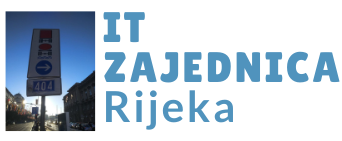
Book Review: Embedded Entrepreneur ft. Arvid Kahl | Tech Talk Live #13
Autor: Deborah Brakus Kršul

SPONSOR 46ELKS – https://justsend.46elks.com – Integrate SMS, MMS and Phone calls into your applications with just a few lines of code.
When SaaS businesses and apps fail, it’s often because they’re a solution looking for a problem. If your dream is to build a successful app or a SaaS, don’t start your business by writing code. Start by finding your audience, exploring the available communities, and discovering the true problem of a community you want to serve.
We had an interesting Book review with Arvid Kahl, author of “Embedded Entrepreneur”. He gave us a personal introduction to a book and revealed why he started developing a product in public and what were advantages of building in public.
👨💻 GUEST: ARVID KAHL – EMBEDDED ENTREPRENEUR

Arvid is a writer, entrepreneur, and teacher. His focus is on empowering founders to find their authentic way to success and financial independence. He wrote Zero to Sold (https://zerotosold.com/), The Embedded Entrepreneur (https://embeddedentrepreneur.com/), and recently released a kindness-centric Twitter course (https://www.findyourfollowing.com/).
Arvid is also a practitioner of a marketing tactic called BUILDING IN PUBLIC, which is relatively new and quite popular among tech startups, solopreneurs and makers. To build in public means to create interest for a product while the product is being built. We’ll ask Arvid to tell us how to use Twitter to create authentic buzz for our products and services while we’re still building them.

RENE BRAKUS is a partner in 46ELKS (https://46elks.com), a company that offers easy integration of SMS, MMS and VOICE services. He creates preconditions for sharing knowledge and strengthening connections within the IT community in Rijeka, Croatia (https://itzajednicarijeka.com/).
WHAT IS UnConference ?
Unconference is a event organised by IT community Rijeka at different (IT relevant) locations in Rijeka. We do this in order to help IT folk connect with each other and build something cool together.
OPEN INVITATION
Come and join us! We are open for you to give a talk about anything IT related and mingle with IT folk there ![]()
As always, if you missed it, you can listen through the whole conversation on our YouTube channel:
WHO IS ARVID KAHL?
Arvid is a German, living in Canada who, as he says, built his own companies a few times and failed horribly before he built something that went well.
He introduced himself as a software engineer, teacher, mentor and consultant. He started writing to share and teach others what he learned. “Embedded Entrepreneur” is not his first book, he first wrote „Zero to sold“, where he described the journey from starting his start-up and bringing it to a very successful SaaS business and then selling it for a life-changing amount of money.
WHAT IS THE STORY BEHIND HIS WRITING CAREER ?

Arvid worked for a couple of agencies and software companies before he tried to build his first business with a couple of his friends in Berlin. They’ve tried to build a platform for the local food market without validation of their assumptions and nobody ever used it. He learned a lot in that period, on the technical level how to build that and on the entrepreneurial level what doesn’t work.
After that, he had a couple of other projects and he did semi-remote work for a company in Hamburg. His girlfriend Danielle was teaching English online and had some technical problems and Arvid used his technical capabilities to find a solution. They’ve tested the solution in the community of online teachers and got a lot of feedback and they’ve built a business which grew to 55.000 monthly recurring revenue over two years. At that moment they sold the business to a private equity company and since then he’s shared what he learned from failed attempts of building business and success with a product that people want to buy.
In “Zero to sold”, he described the whole journey with details from building business to selling business and details from finding the first customer to dealing with hiring, with scalability issues from technical and business perspectives, building a sellable business documenting, automating every detail.
When people started asking for particular details of various stages, he decided to write a new book “Embedded Entrepreneur”.This book is divided into a couple of sections where he teaches people to discover the target audience and find interesting and profitable problems which you can solve. Caring for the audience is very important.
One more project that didn’t succeed was a distribution app for photojournalists who go to war zones and take pictures. The app was helping them to upload their files quickly with a bad connection so they could distribute them to agencies. We didn’t succeed because we built a product for somebody we didn’t know and we didn’t know how they use it and we didn’t speak with them either. That was a big problem, but Arvid learned that he needs to care about people whose problems he wants to resolve.
“Because I didn’t care about these people, I didn’t care about their problems enough, my solution was a pretty general thing. It wasn’t specifically tailored to their needs because I didn’t understand the motivation that went into this.”
“Feedback Panda” was a SaaS business for online English teachers, that he co-founded with Danielle. She was teaching for 10 hours and then spent another 2 hours for administrative work she wasn’t paid for. He noticed it was a problem he could solve and he had somebody who could tell him immediately if the solution is good. It was the first time he cared about the problem because he cared for his girlfriend. It’s important to have some sort of affinity for the field you’re going to be serving because if you’re not in the field and the people, you will not provide a great solution for them.
Višnja shared her experience in the last 20 years in business, she changed her focus from development agency to consultancy because she noticed that her business doesn’t support her lifestyle.
Rene told us that at 46elks, they have the policy to put themselves in the client’s shoes, they create a connection with clients and when they are hiring new people they like to hire people who have done some project. For example, they’ve built a small webshop, because they felt some sort of pressure of doing something right and failing at something, so it creates a connection.
Empathy is one of the foundational things that leads you to empower other people, you can feel their needs and willingness to be good, be a kind and helpful person, to do the right job so other people benefit from it. If you can feel that, you will enable others to do better work and you will put all your energy into making that possible and that is empowerment. The foundation of every good business is working in the interest of the people they’ve served – helping others to become better.
ONBOARDING ADVICE
Arvid shared a story about a European retail store and its CEO who inherited the company. Before he became CEO, he went through all departments and worked there for a month to learn how the company works.
Arvid’s grandmother had a similar experience in the 1940s in East Germany, before she started working as an accountant in the factory, she went to all departments to understand how business works. It was a structural component of how new employees were onboarded into businesses. It is a more holistic model of work and it is something that we should see more today. Employees today just make decisions without understanding the impact that they’re having.
When bootstrapped or self-funded businesses [Start-ups] make their first hires, they involve personnel in everything, because they mostly become the core team and they need to know everybody’s needs.
When you are building something of great value, it’s important to understand the language that people use to describe your product, to be highly effective it’s important even that engineers communicate with users.
When Arvid built “Feedback Panda” he was the only technical person, Danielle was CEO and she ran the product, understood the design and everything that would needed to build and I would build it, but Arvid also did customer service, he was dealing with customer problems, he talked with people to understand exactly the problem and solving them right there.
It was a surprise for the users, somebody heard them and fixed their problem immediately, it was the best marketing, and after this experience users went to Facebook and shared their experience with their groups.
They didn’t spend a meaningful amount of money on advertising and marketing because they’ve used organic reach through communities, newsletters and Instagram outreach. They had a connection with the users so didn’t have to send cold emails or pay for advertising.
He gave this advice in his book – use communities, then you will get to know your clients and their needs, embed yourself into the community first and get to know customers.
HOW TO EMBED YOURSELF INTO THE COMMUNITY FOR THE FIRST TIME?
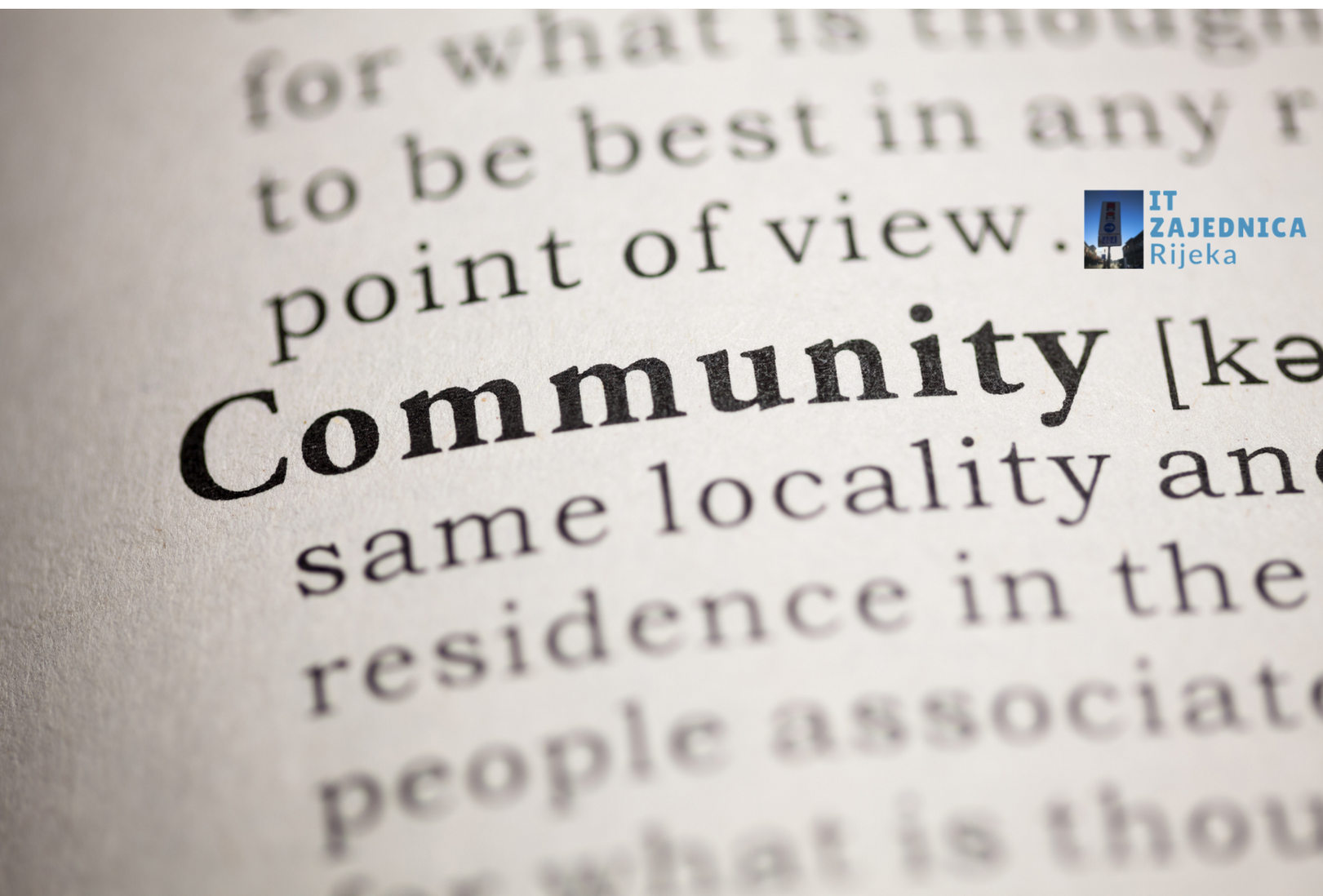
The first step for anyone is to stop thinking of ideas – a great business idea is a consequence of understanding more about the people that you want to serve. Then you already know the right people to start with. It’s important to have enough people with a budget to solve their problems and that their problem is so critical that they want to spend money on it – audience-centric or an audience-first approach.
The point of embedded entrepreneurship is to have a market for your product. Being part of the community – Twitter circle, Twitter groups, Facebook groups, following the right people, subscribing to industry newsletters, going to meetups or being in the audience, contributing to events. You will hear people’s complaints and ask for help and you won’t be able to stop yourself from seeing a problem that you can solve and when you start building the solution, it will be meaningful for the community with an amazing story.
Rene gave his view of building community and result expectations. “If you do some event for 5, 10, 15 times and don’t get results they hoped for, after 20th time you think that would go faster and most people give up after 20th time. When you do something 100 times, even if you don’t see any glimmer of hope, you continue doing it because it became a habit. Results come very differently, consistency beats everything else, it will create luck, and it increases the chance of success (if there is a 1% of chance to be successful and 99% of not being successful, if you try 100 times, you increase your chance for success).
There is a reciprocity effect that people have – if you give something for free for 100 days straight, people will start feeling guilty enough to give back, maybe not sending money, but helping with retweeting or telling friends about your work.
“Just giving back in any capacity is good enough and you can leverage that capacity or that need to eventually reciprocate in people by just being there and giving as much as you can because the more you do that, the more people will share what you do because they see – I benefit from this, I like these people over there, let me show it to them because they probably can benefit from it as well and then these people get stuff for free and hen these people share with their friends and just continuously increase your reach because you’re cool, you’re helping and then eventually stuff comes back to you.”
It is a long process and it shows people how serious you are with your business and people see that, it’s a proof of character – consistency.
If you share how you’ve built your business, you get the opportunity for better partnerships (who wouldn’t want to be working with a reliable, authentic, honest, hardworking and transparent person).
Just be truthful, honest and vulnerable and people will resonate with you.
BUILDING IN PUBLIC
Arvid spoke about his podcast, he writes blog posts and he reads them in a podcast, it is 15 minutes long episode. He wrote in his book that he spreads 20 tweets a day, he still schedules a lot of stuff, mostly retweets and quotes tweets so people can find something interesting on his feed, he also auto retweets everything 6-12 hours later than his regular account (not company).
He suggested scheduling a lot of content and reaching a global audience tweet in English and being globally available. Also, to have more credibility with people who use personal accounts, you can use a company profile for feature announcements and interact with particular customers or do customer service, but it’s good to have a personal brand that is attached to your business, but not overlapping. If the worst happens and the business fails, and you can use that as help, you can share another part of your story, you can teach people and entertain them, and you will get sympathy if they see you as somebody who just shared something very vulnerable.
Your brand transcends any business success and failure. Put the focus on writing and being part of the community, not business.
BUILDING IN PUBLIC – NOAH BRAGG AND POTION EXAMPLE
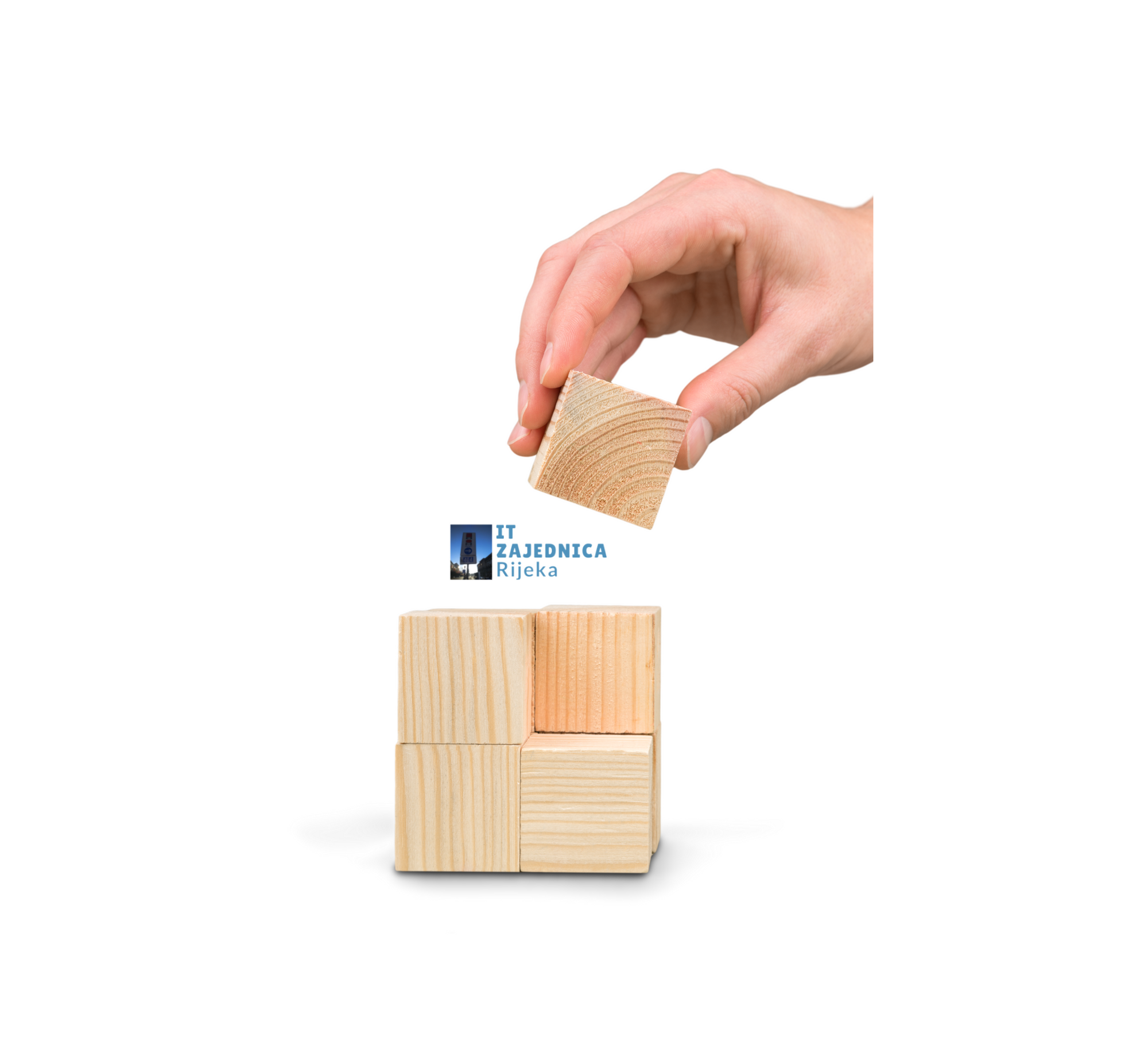
Arvid presented Noah Bragg from Potion as a good example of how building in public functions. Noah announced on Twitter that he was going to build something new and he immediately leveraged the capacity of the people on Twitter to be excited by something new. He gained 1000 followers after the announcement and the next day he gave more information about the product, after that he shared a video with information about his financial situation, his transparency was incredibly refreshing.
He involved people in his journey from day one, he shared enough information with his community of software entrepreneurs about his project that it looked like it was everything. His community even helped him when he built a landing page, somebody commented that’s a typo, you should fix it and he just updated his website, didn’t have to pay anybody for it, its community empowered him to do things better.
Noah didn’t share only technical or other Potion information, he shared a picture with his kid with a quote “Hey, and a new colleague appeared in the business today” and it becomes a relatable human being. Noah even shared the story of selling his previous business, he tweeted that he wants to sell his business and gave more information, somebody got interested and they came to an agreement in the other canal.
“Just because you know the guy and the story, you know where it came from and you encouraged him, motivated him and then you see success, it’s not only his, it’s yours too. That’s the thing about building in public, the moment you involve people in your journey, it becomes their journey as well.”
Arvids built his business by teaching people how to build a business and to learn from his mistakes. It’s a win-win situation because you get the attention of people and their help and they win because you teach them something that would be painful.
Rene shared how 46elks built in a public add-on for WordPress, they’ve engaged their public and involved WordPress community. Some people reached out to them and said that it is very cool to get an SMS as the administrator of the page when someone reaches them by filling up a contact form. There are multiple benefits from this plugin, it gives you authenticity and transparency, and shows you’re open to communication.
Building in public is beautiful because it is beneficial to everybody.
HOW CAN YOU MOTIVATE INTROVERTS TO SHARE?
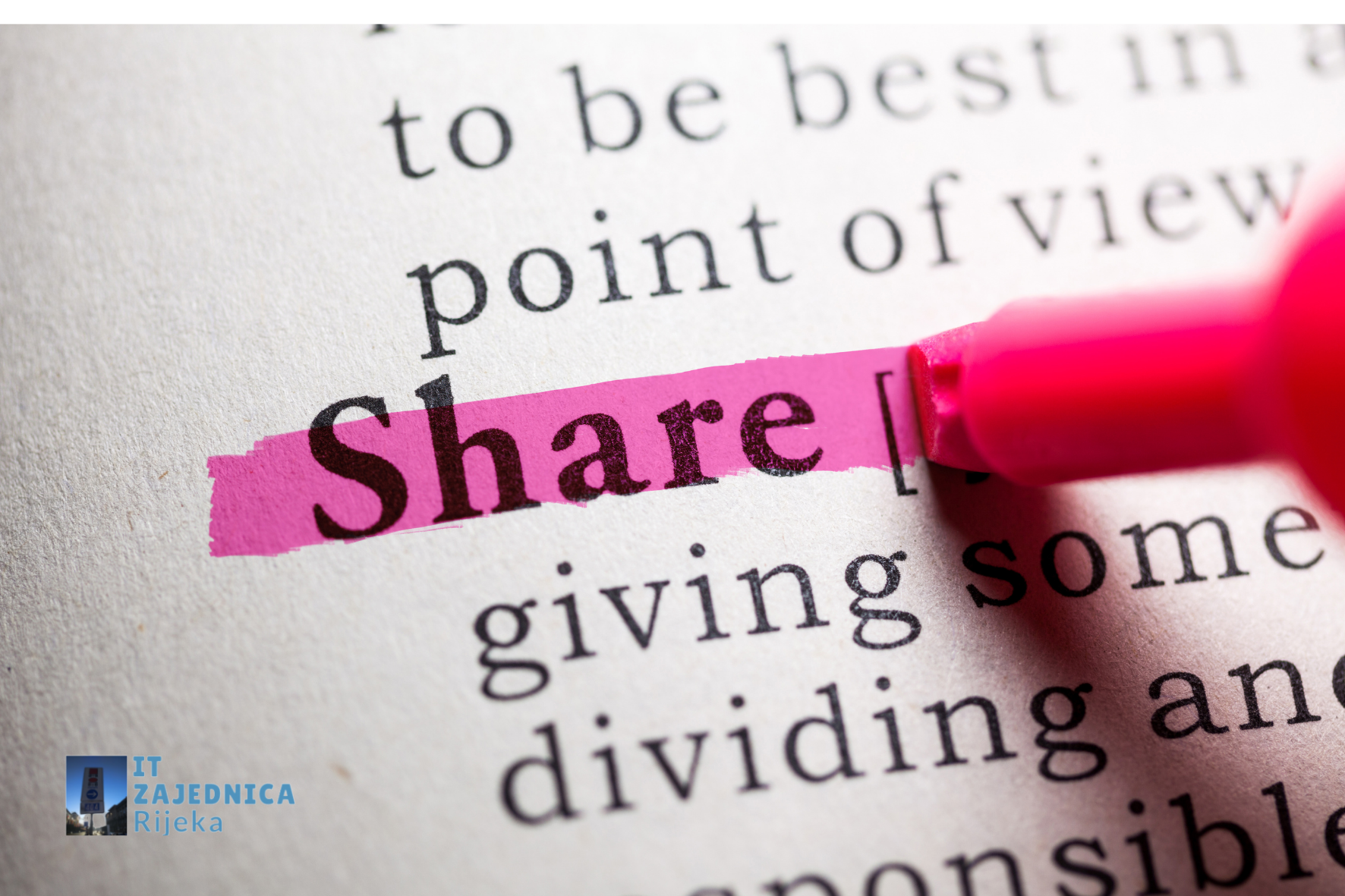
Arvid gave us another look at the introverts. If you get an introverted person to talk about things that they care for they become incredibly extroverted. It doesn’t matter how introverted somebody is if they talk about the things they care about in their communities where they’re safe, respected for introveredness and where other people don’t mind that they talk only about that. They just need to choose the right group of people who can be themselves, then they can show honest and truthful opinions about something.
Let your personality shine and share even negative emotions, whatever happens in your business or in whatever you’re building, it is an opportunity to learn and teach.
WRITING IN PUBLIC
If you run to the problem and you try to explain it to somebody, in software engineering this method is known as rubber duck debugging, explaining a problem to a little duck (another object) helps you understand the actual problem and then you solve it.
The same is with writing and building in public, you try to teach people something about what you’re going through or just share it and hope that somebody will teach you. In this way, you get more insight into the problem and that’s a framing issue, because it’s not hard to write, it’s hard to overcome inhibition to talk about problems. Imposter syndrome is blocking you “I shouldn’t write about this, I’m not qualified to talk about this, I shouldn’t even attempt. I don’t have enough followers who you know like you come up with all these reasons why you wouldn’t want to be vulnerable in public, but doing it and then learning that wasn’t too hard and I’ve learned something – it’s teaching and learning opportunity at the same time.”
Some situations are not good for sharing, for example, bad conversation with a customer, legal problems and similar stuff, you can mention them in your community.
Arvid was building in public a course for Twitter, he wrote 45 000 keynotes for 20 days and turned it into a course. He got a teleprompter and just narrates what he wrote into the camera, people have resonated with him because he teaches people to engage in things that work for him and teaches them to stop twitting about things they think are cool and talk to people on Twitter, that makes all difference in engagement and followers and impressions.
Embedded entrepreneurship is going into the community, being part of conversations and learning something and building an audience. Start your journey with people that care about what you’re doing, you build an audience and an interesting business that is sustainable and will create reliable customers coming into it from the community just by talking about what you are doing. Don’t hide in the basement.
“Everything that you do in your business, your personal life and your professional life starts with kindness and trying to help and empower other people it can only go well for you because the right people will find you and they will make your life better. Just be nice and kind and that will shine brighter than any quick amount of quick money that you can make because relationships are where opportunities come from.”
🔗IT ZAJEDNICA RIJEKA:
📲 +385996768133
⌨ rene@46elks.com
⌨ info@itzajednicarijeka.com
